ELMY contains Telmisartan Tablets which are used to lower blood pressure by inhibiting the effects of a substance that causes blood vessels to constrict or tighten. It is used to treat mild to moderate hypertension. When blood pressure is permitted to remain high for an extended period of time, blood vessels in the heart, kidneys, and brain may be damaged. This increases a person’s risk of heart attack and stroke, as well as renal failure and blindness. Maintaining normal blood pressure can lower the risk of certain illnesses. Telmisartan is also used to lower the risk of mortality after a heart attack in persons who are unable to take another type of drug known as an angiotensin-converting enzyme inhibitor.
Precautions For Telmisartan Tablets
Telmisartan Tablets should be taken right after taking a meal to avoid stomach distress. Tell the doctor or pharmacist if the patient is allergic to telmisartan or has any other issues like kidney issue, liver infection and any other internal organ issue.
Side Effects Of Telmisartan Tablets
Telmisartan Tablets may cause some side effects which may make the condition worse in exceptional cases. In that case, talk to the doctor and explain the negative symptoms which the patient faces.
Here are some of the side effects of this medicine.
- Dizziness, lightheadedness, or fainting
- Fast heartbeat
- Large hives
- Painful urination or changes in urinary frequency
- Swelling in the hands, lower legs, and feet
Contact For Telmisartan Tablets Manufacturing And Supply
Jabs Biotech is a renowned pharma company that deals in a wide range of pharma products. The organisation is ISO accredited and works as per the norms laid by WHO and GMP. Our company is known as a special Telmisartan Tablets manufacturer and supplier. Moreover, we have only DCGI and FSSAI approved products that are also available at pocket-friendly prices. Jabs Biotech also provides the PCD Pharma Franchise for Telmisartan Tablets along with various supporting benefits.
- The unit where our manufacturing of the products takes place is well enabled with hi-tech machinery.
- We have an expert team of R&D which always brings the latest products according to the market demand.
- Our manufacturing facility is constructed in a wide spacious land with unique infrastructure.
- We provide outstanding logistics service to our clients so that they do not have to face any late delivery issue and damage to the products.








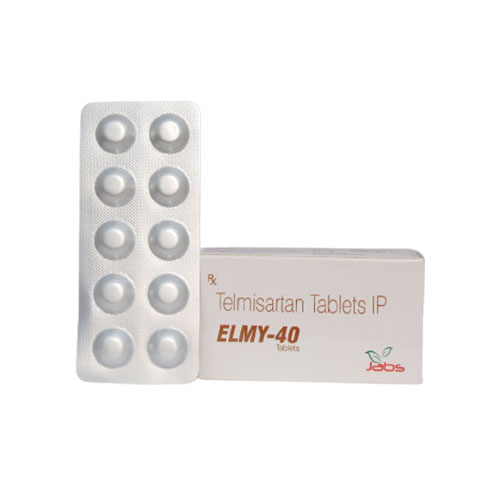
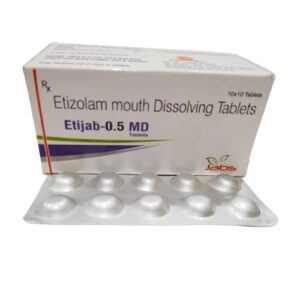
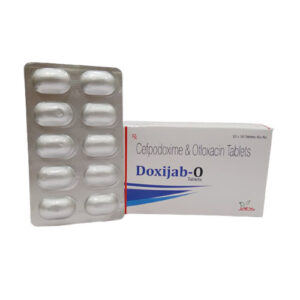
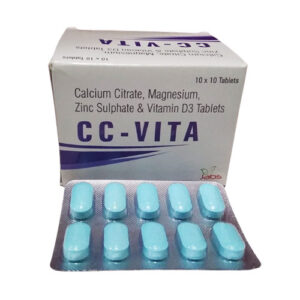
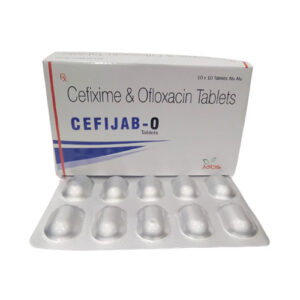
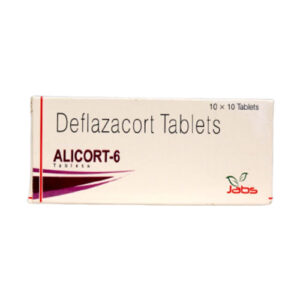
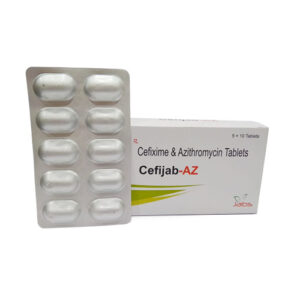
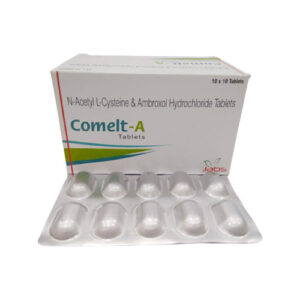

 call us
call us whatsapp
whatsapp Contact Us
Contact Us